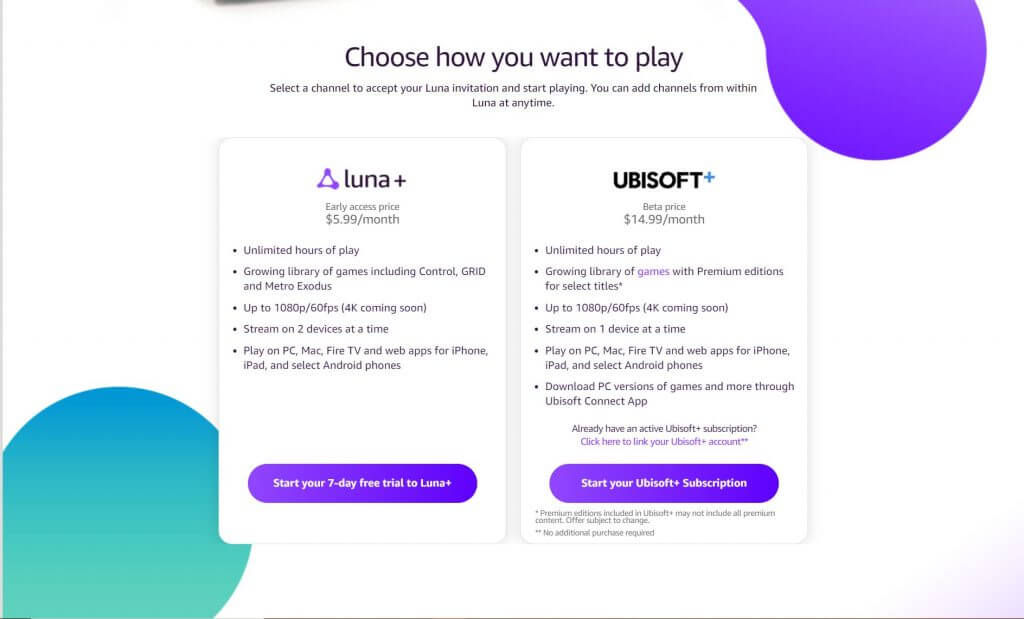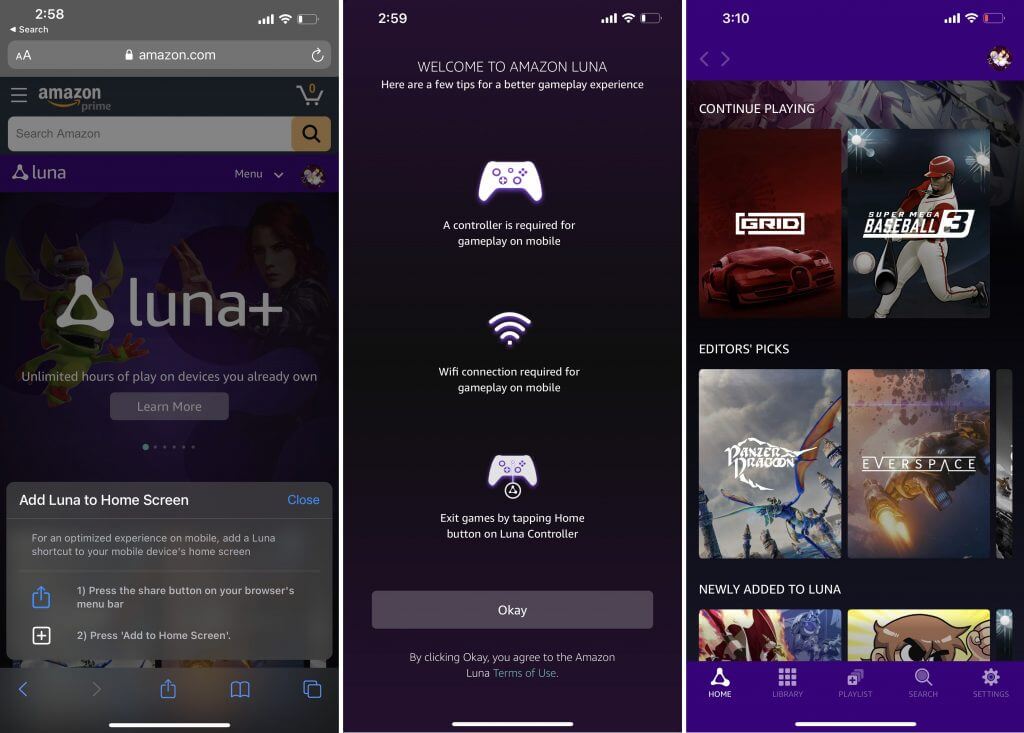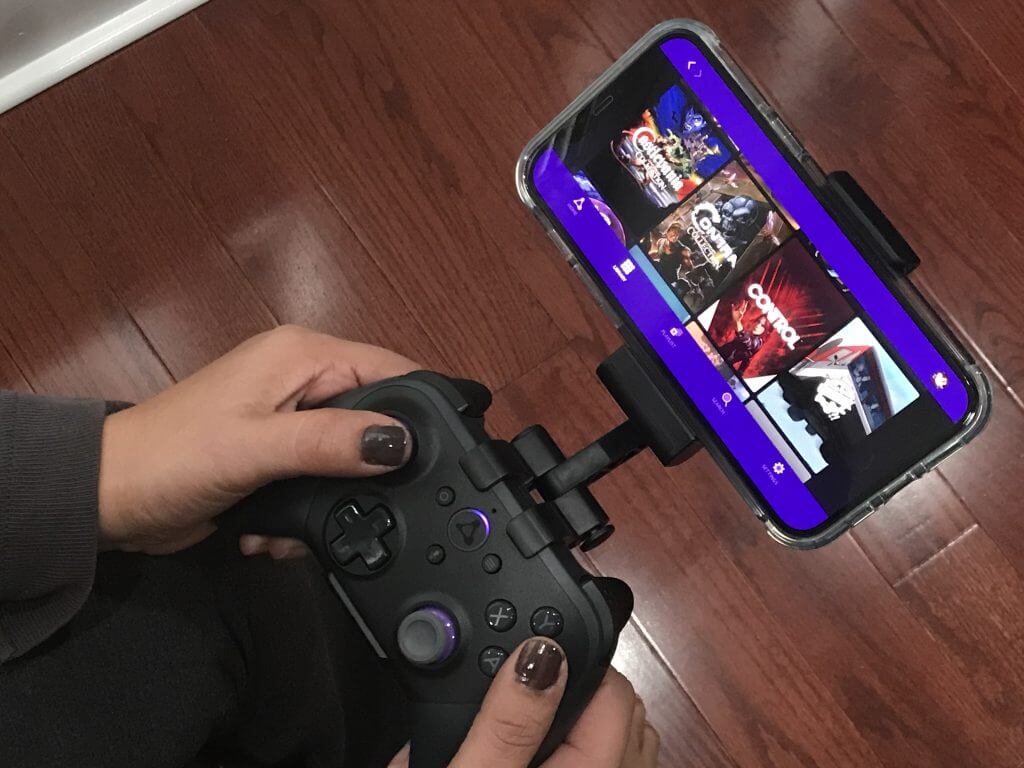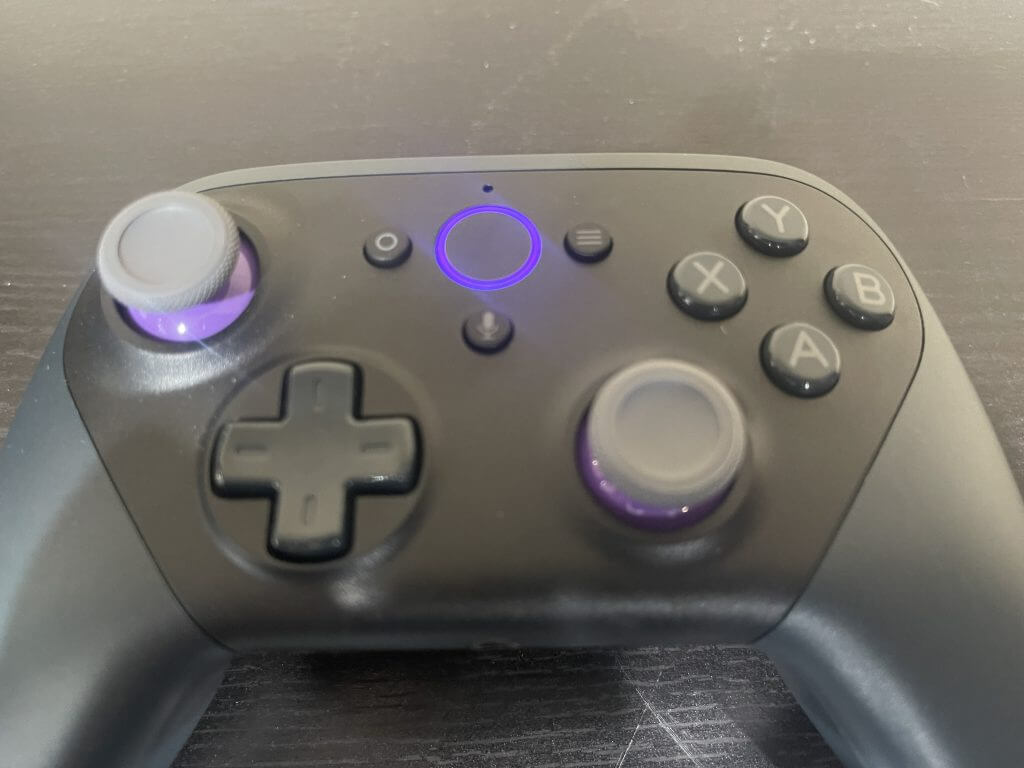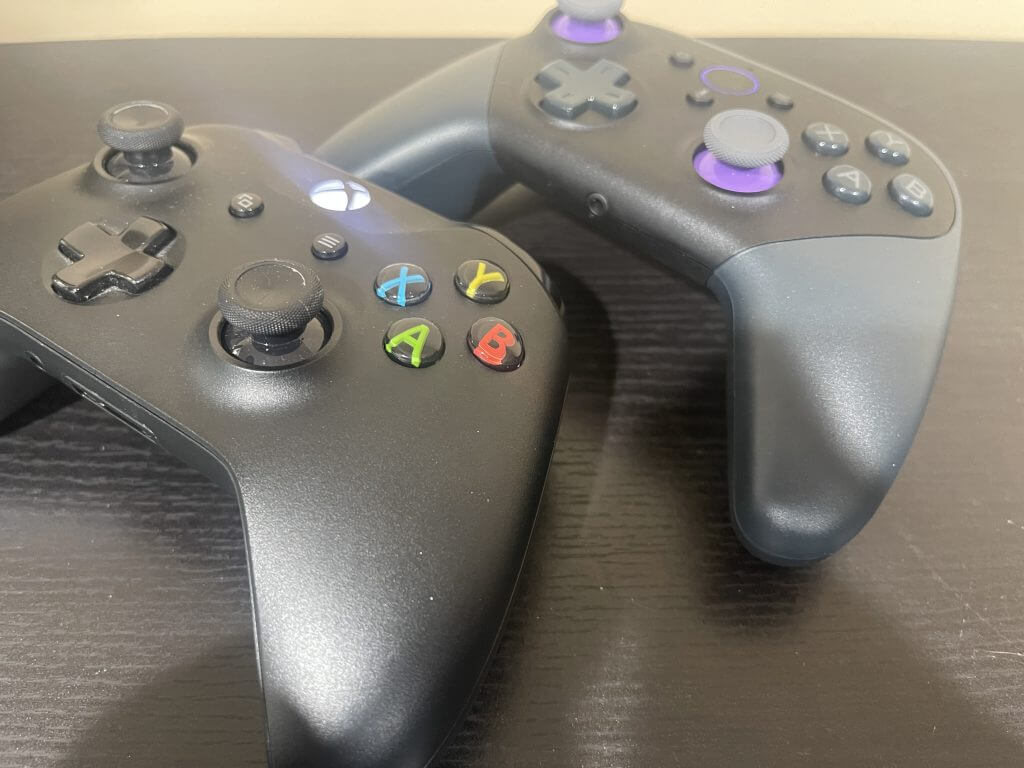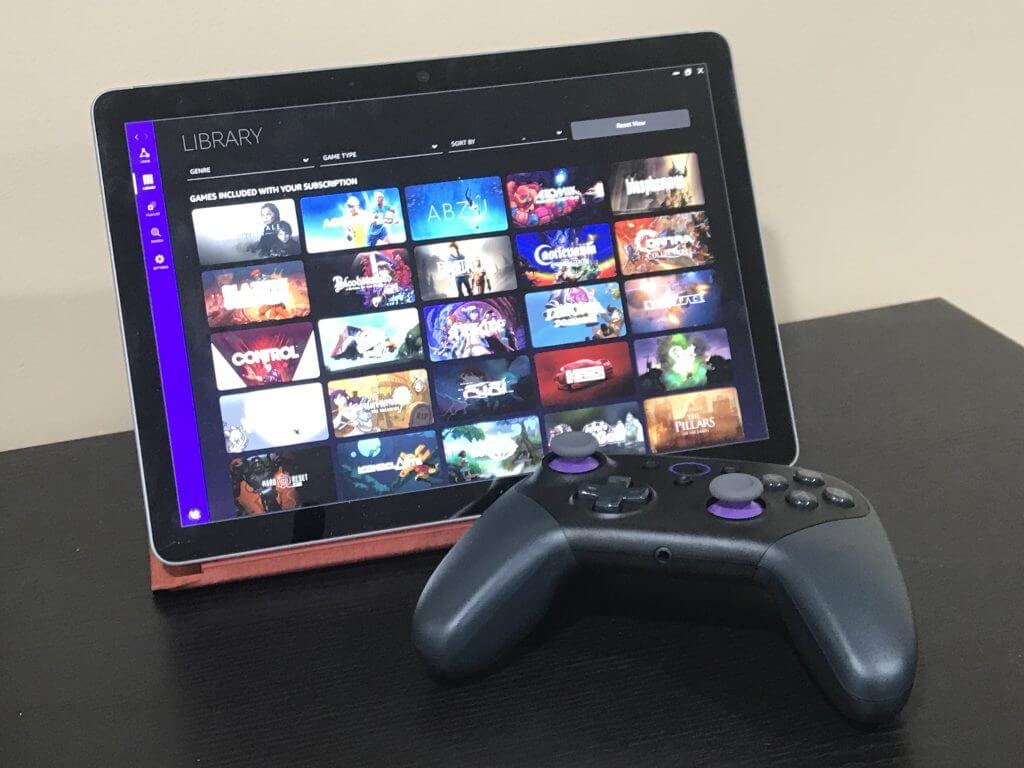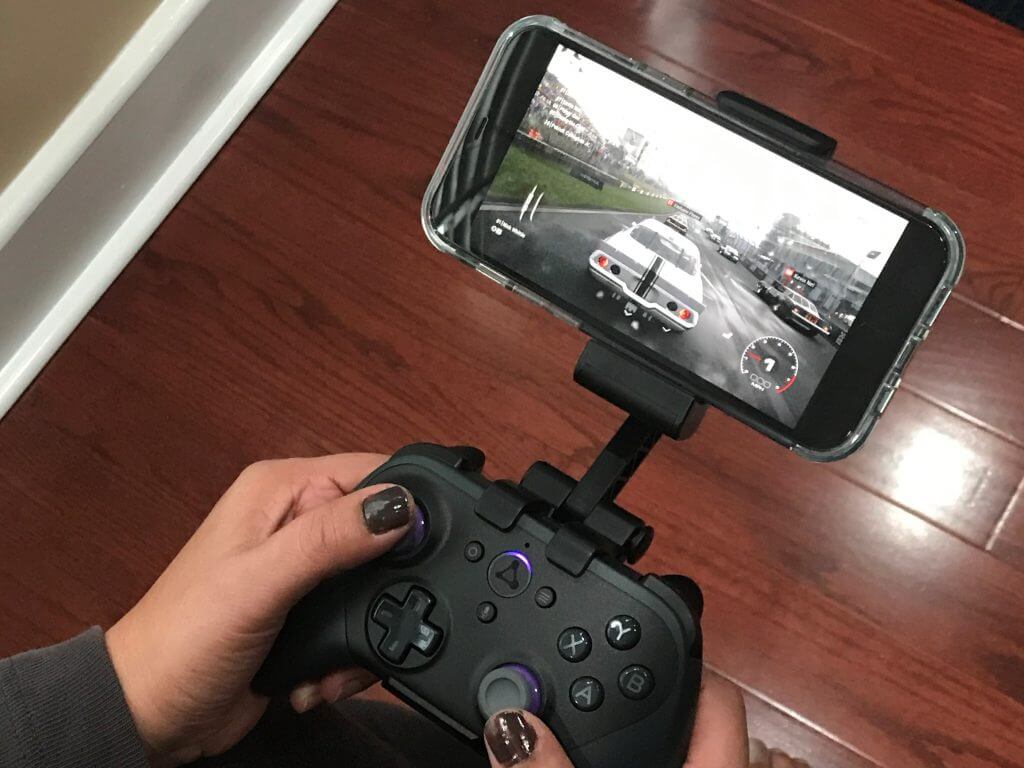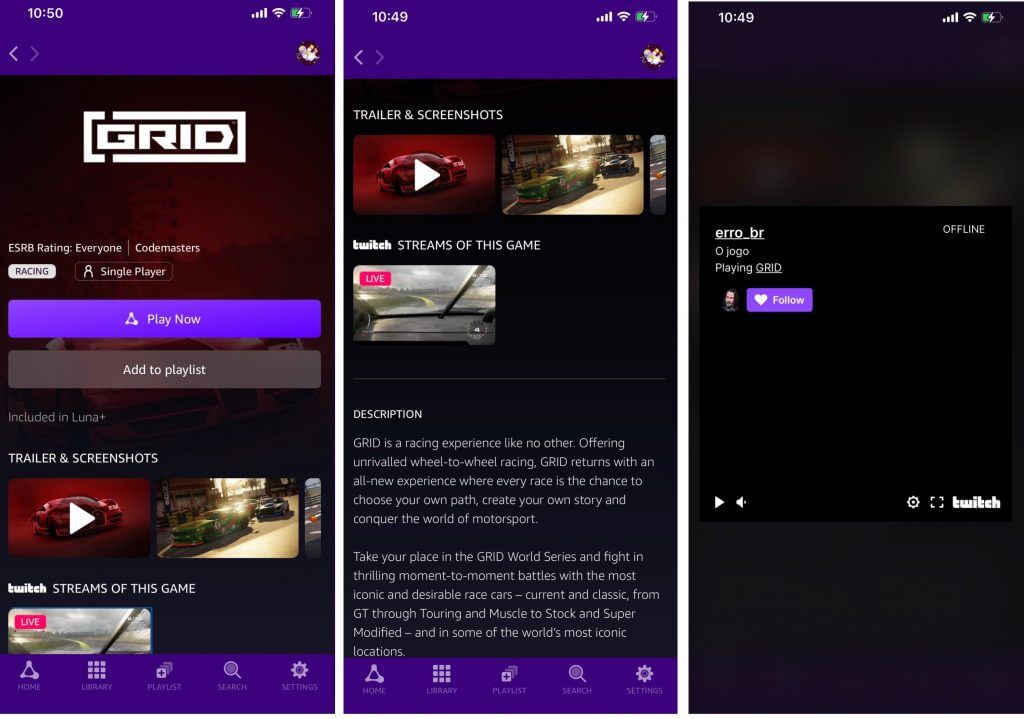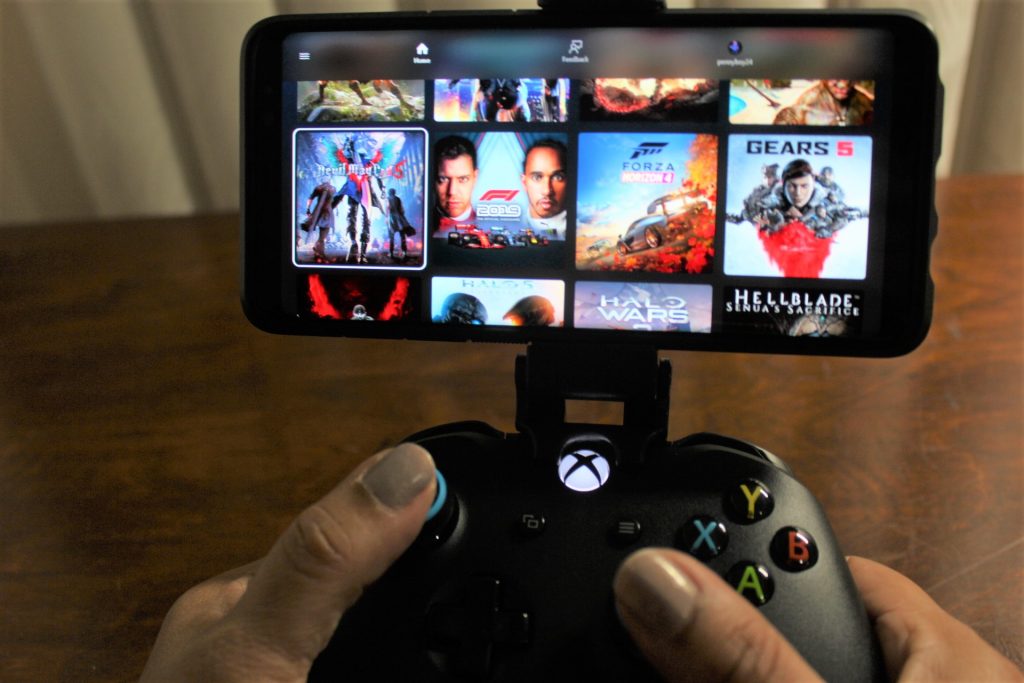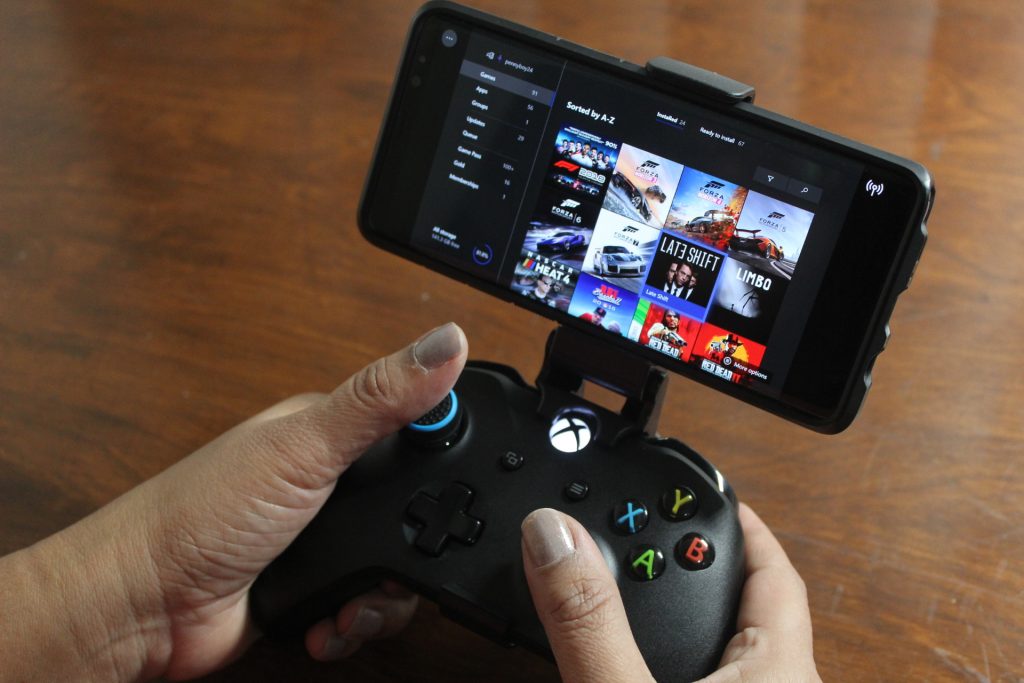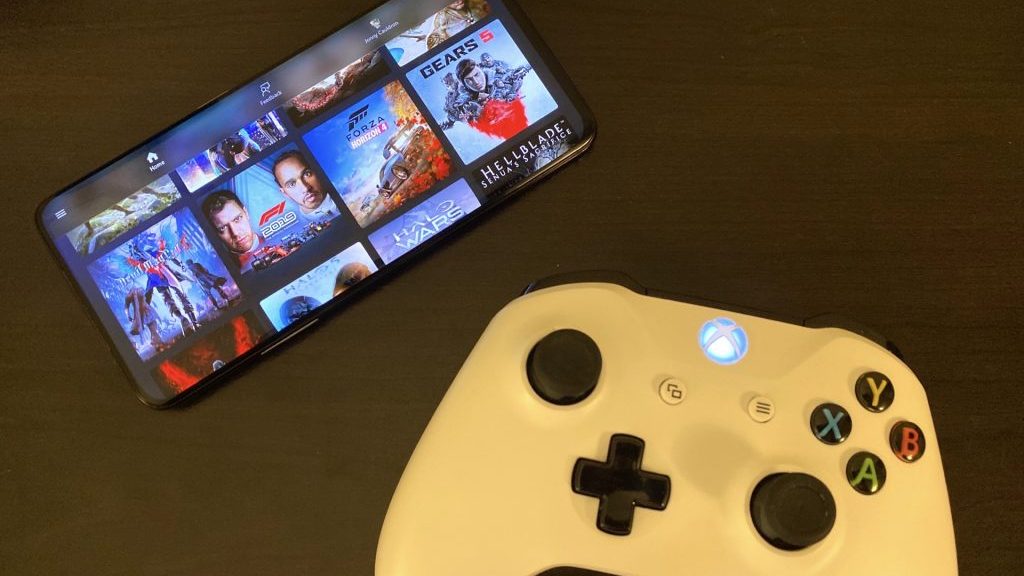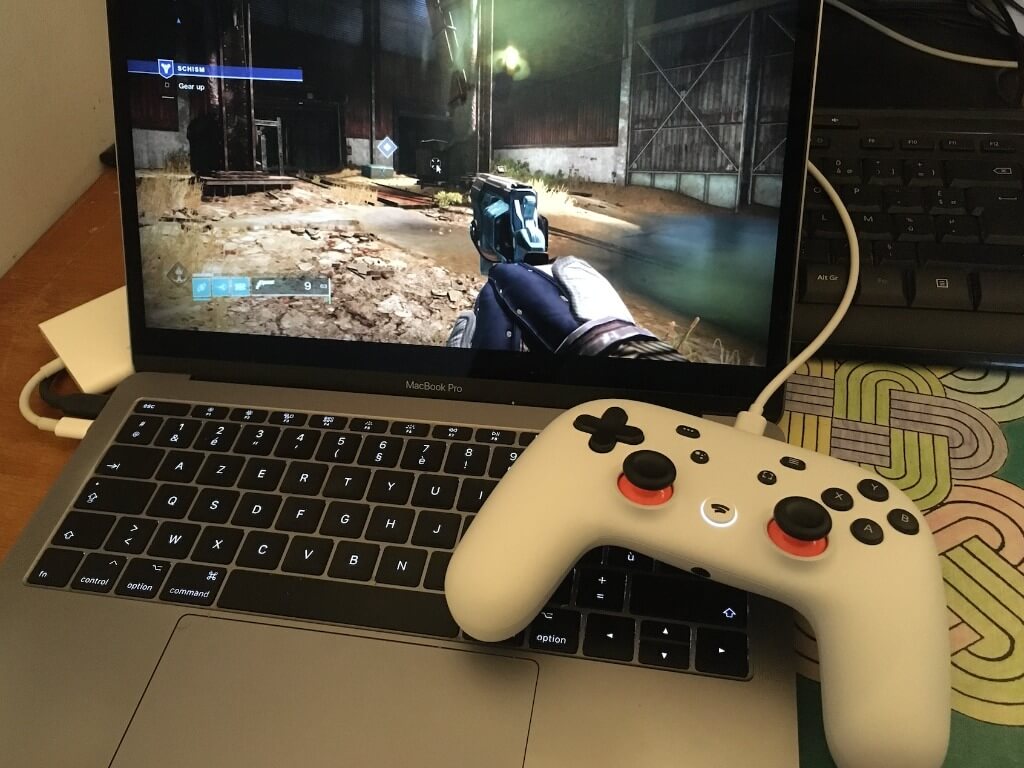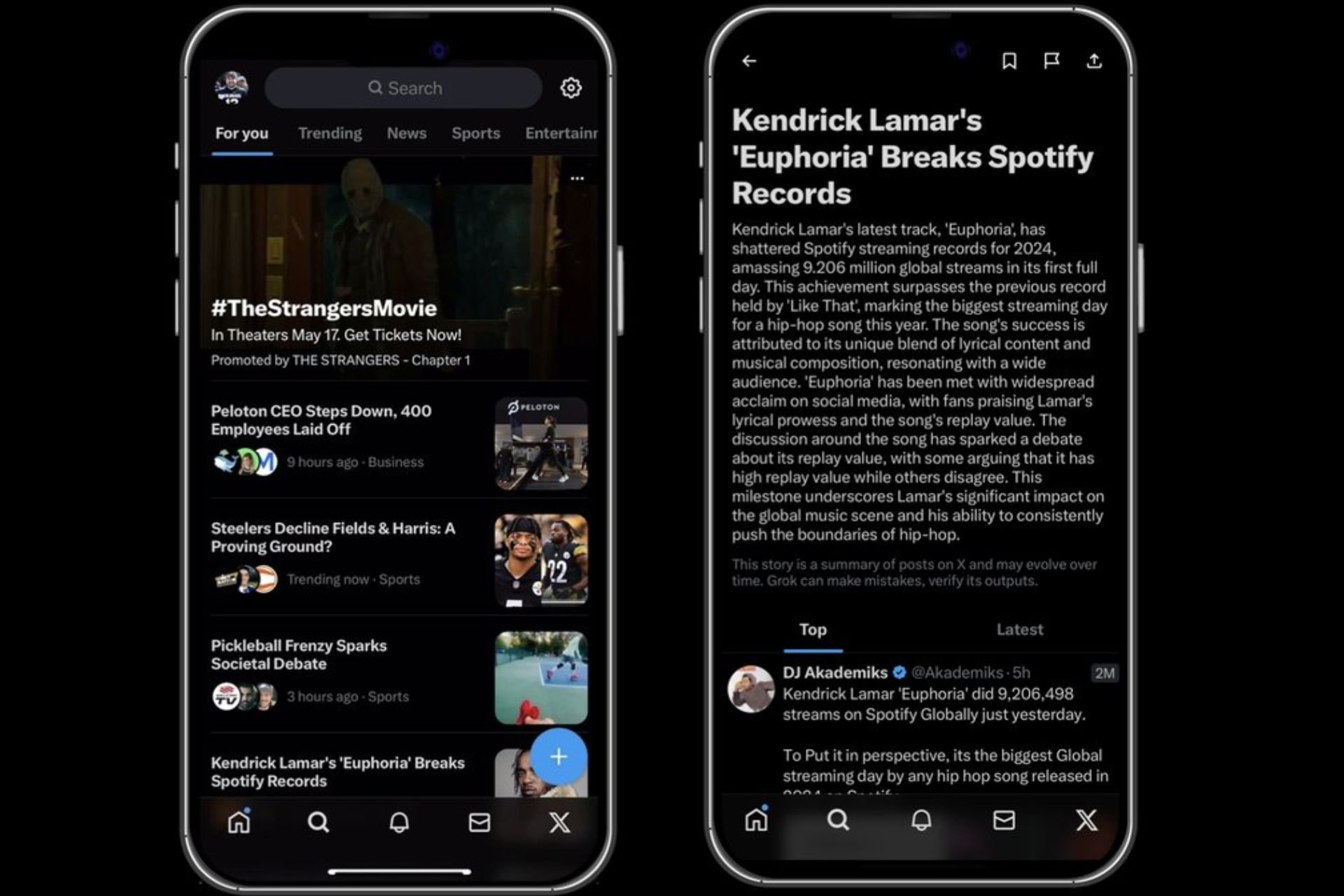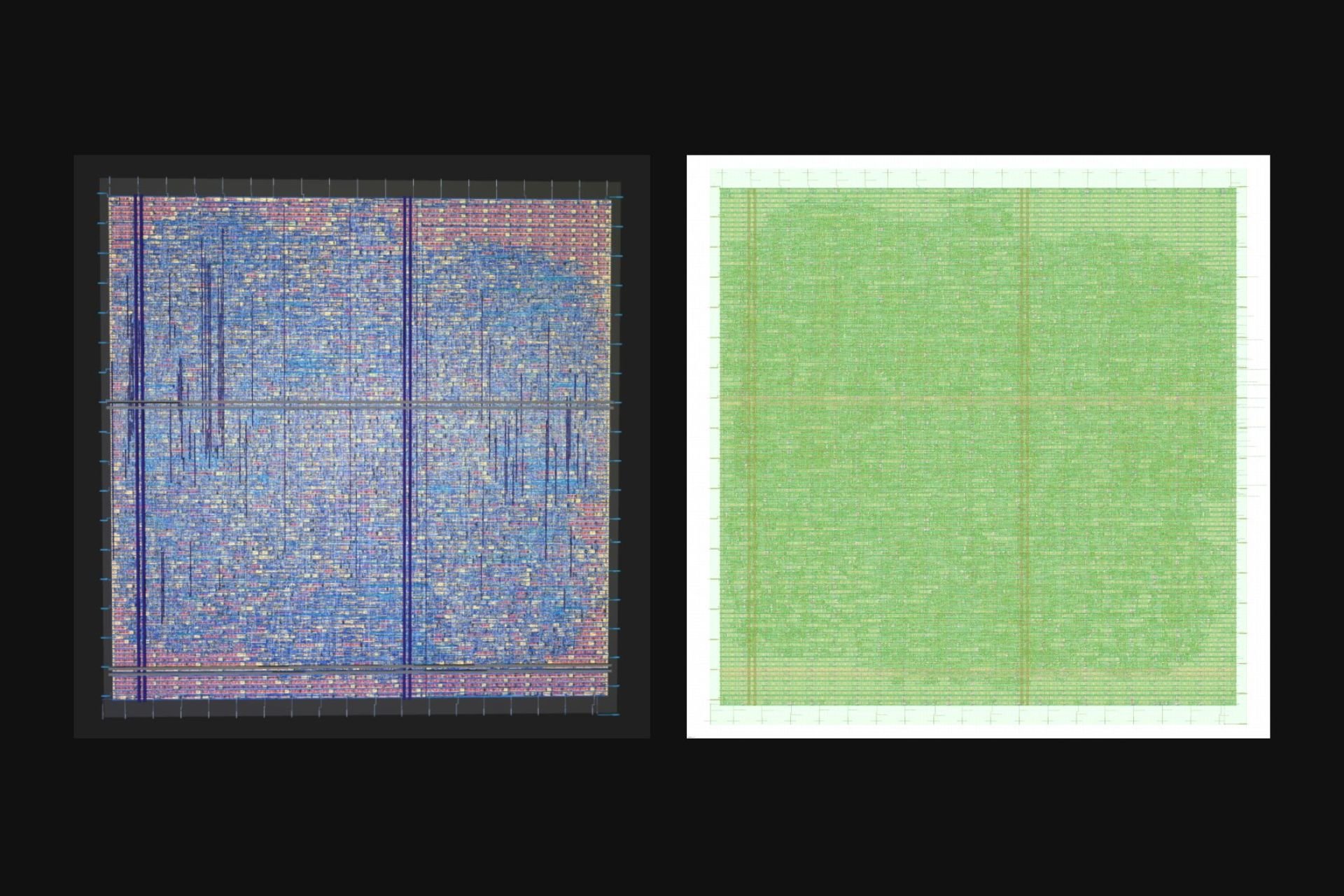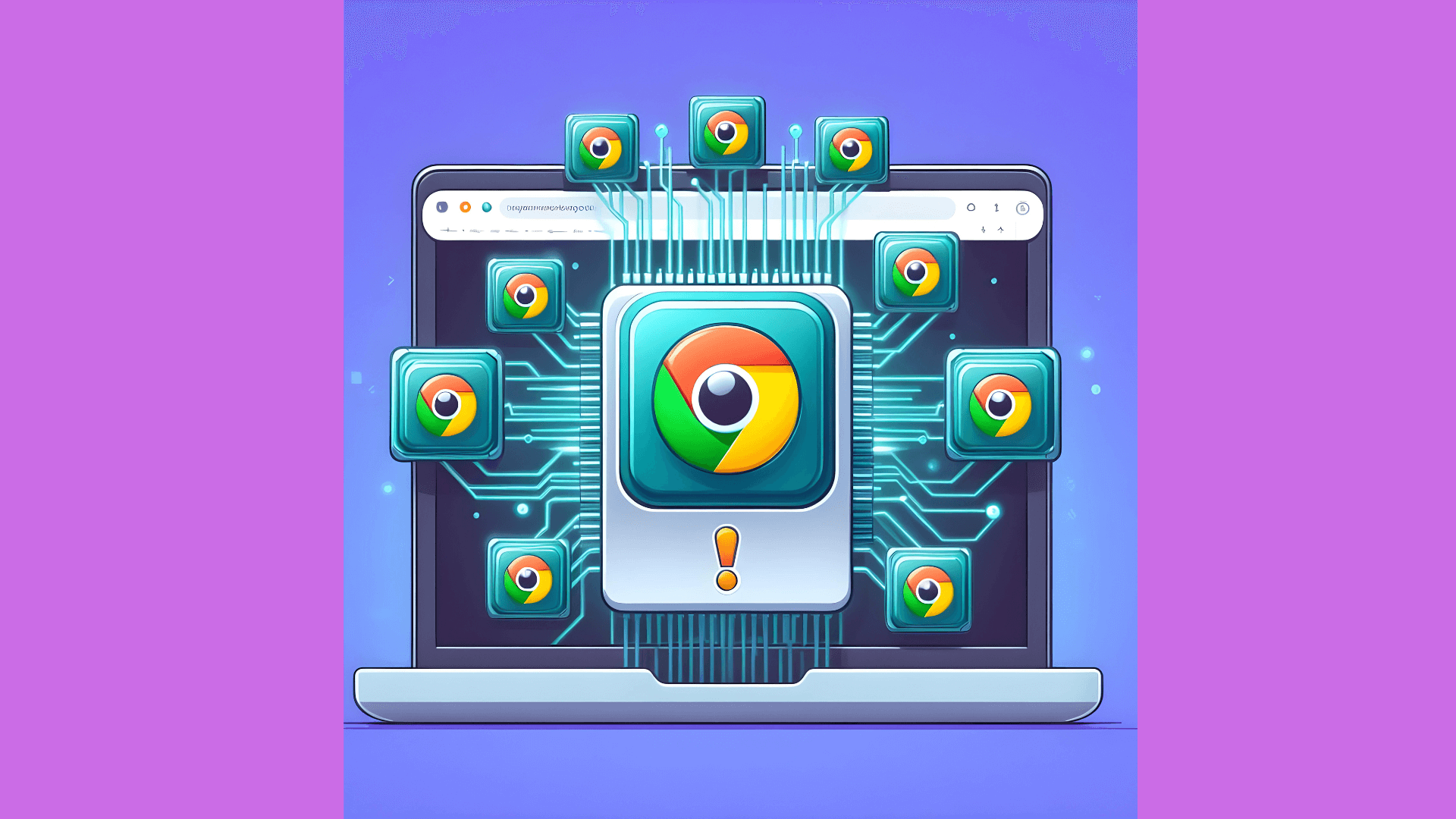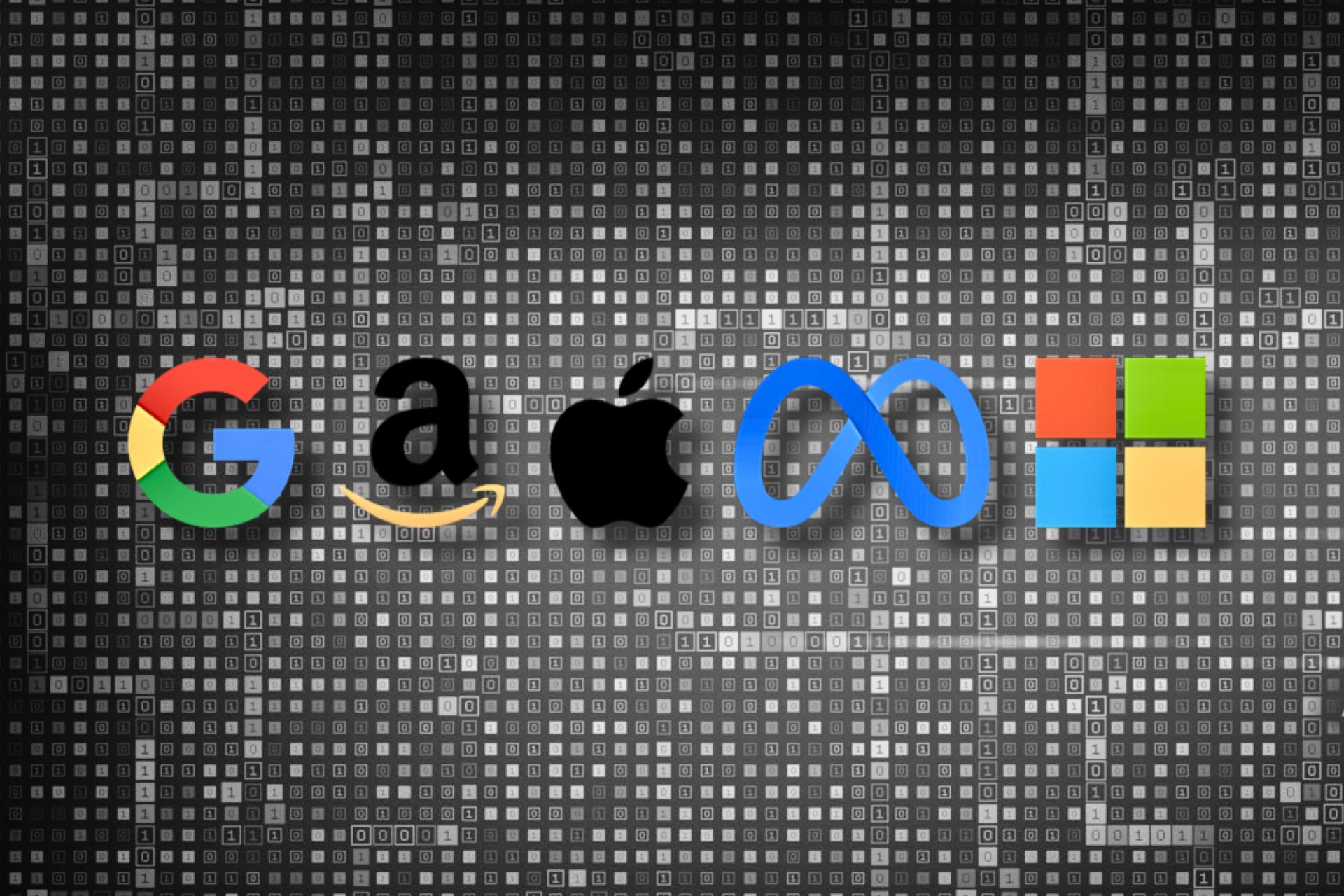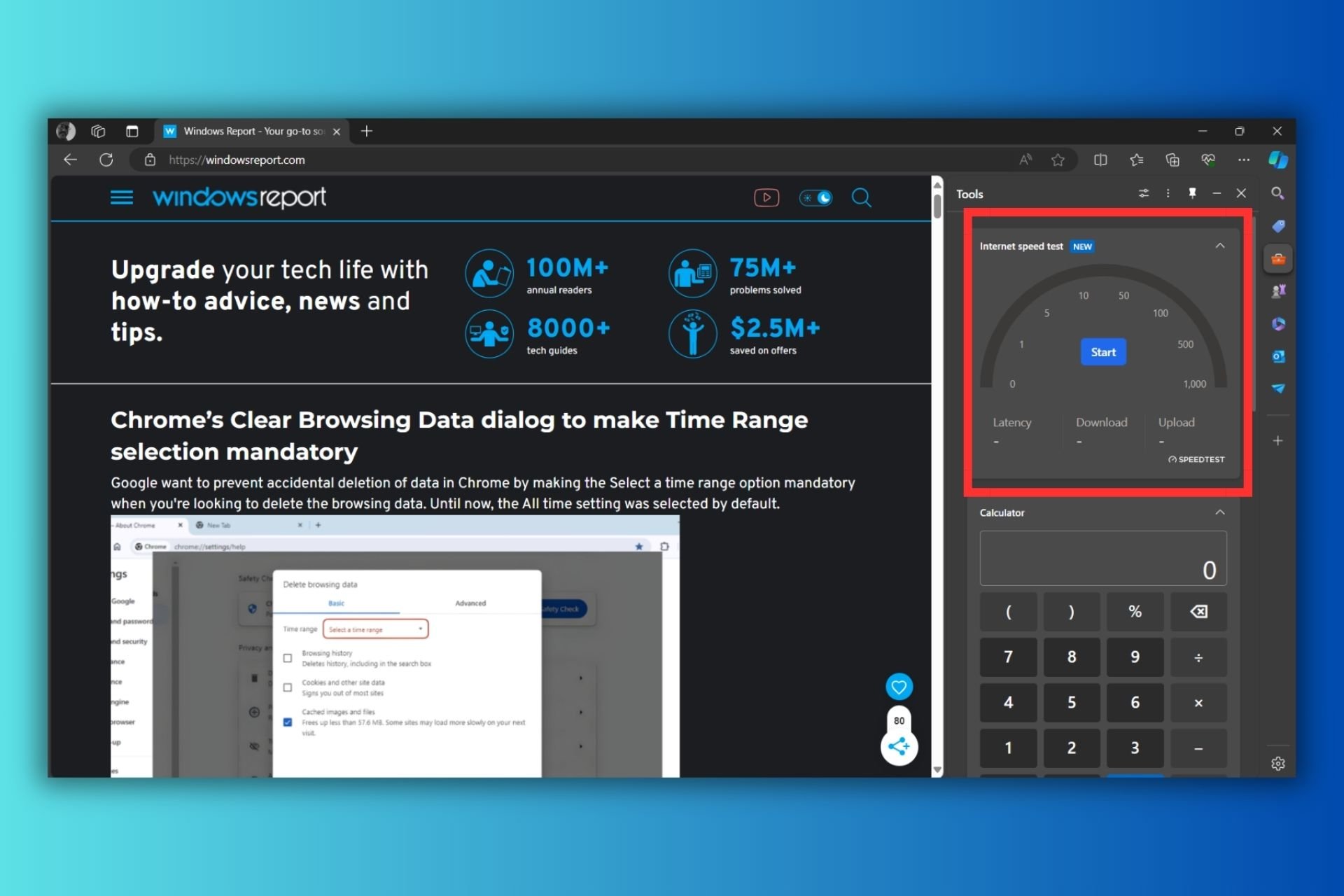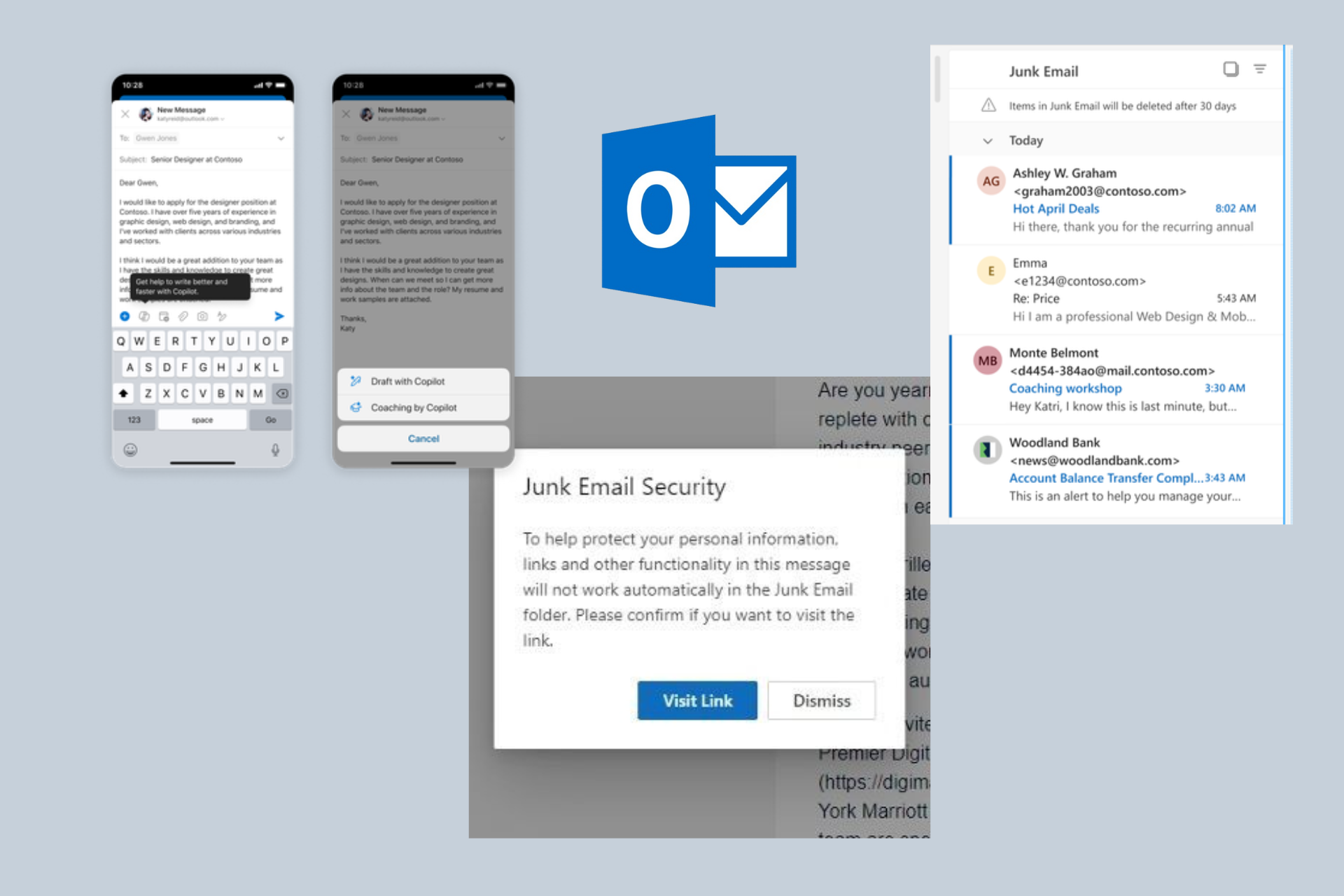Hands-on review of Amazon Luna: A Google Stadia-like service that could be a threat to Microsoft’s own Xbox Cloud gaming?
14 min. read
Published on
Read our disclosure page to find out how can you help Windows Report sustain the editorial team Read more
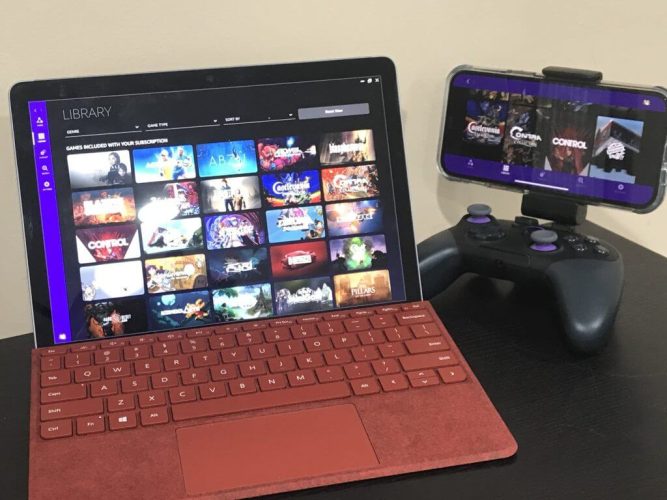
These days, there’s no shortage of cloud game streaming platforms. It’s often more convenient and less expensive to stream games over the internet for a fixed monthly price than it is to buy a dedicated gaming PC or a gaming console. Call it the new era of the “Netflix for gaming” if you may.
Over the years, we’ve seen Microsoft enter this emerging market with Xbox Cloud Gaming (code named Project xCloud,) Google with Stadia, Nvidia with GeForce Now, and Sony with PlayStation Now. But don’t forget Amazon.
Recently, the online retail giant started testing its own cloud gaming service, known as Luna. The service is still in beta, though, and only select users were invited to check it out. I happen to be one of the bunch of people who were selected, and after trying both Microsoft’s Xbox Cloud gaming as well as Google Stadia, I wondered, does Amazon does the game streaming best?
The requirements and the price
To begin, I’ll look at some of the obvious things for those that are curious: the streaming requirements and the price. According to Amazon, to use Luna, it’s suggested that you have an internet connection with a speed of at least 10 Mbps for 1080p video quality.
It’s suggested to use a wireless router with both 2.4 GHz and 5 GHz bands, though 5 GHz is best. This isn’t too surprising, as other game streaming services have the same requirements. I surpass both these, with my Verizon Fios connection that offers speeds of up to 100 Mbps.
Now, for the pricing. Currently, Luna is in a beta phase, so the pricing can be subject to change. However, there are two ways or “channels” that you can go. You can choose Luna+, which is from Amazon for $6.00 a month, or you can add the optional Ubisoft+ plan for $15 a month, which gives you access to hit-titles like Assassins Creed or Watch Dogs. Ubisoft+ is completely optional, though, and you can add it later if you want. With both together, you’ll be paying about $21 a month for Luna, but you can choose Luna+ only if you want for the cheaper route of $6 a month.
You can see some of the differences in pricing and what the two plans offer in the graphic above. With Luna+ games, you can stream in 2 devices at a time, however, with Ubisoft+ you’re limited to just 1 device at a time. Both ways to play also have a 1080p resolution at the time, as 4K is still coming soon.
Luna+ has access to a great library of games. You can check the full list here. There’s a total of 76 games, ranging from hit titles like Grid, Control, as well as Metro Exodus. That’s also including the ones from Ubisoft+, too. Titles in Luna are always changing though, just like any other streaming service. I’ll have a more in-depth look at that later when I compare it to Xbox Game Pass.
The apps and the availability
The biggest value with Amazon’s Luna is the availability across different platforms. You can download it as an app on Windows 10, MacOS, FireTV, and select Android phones. On iOS devices, meanwhile, you can play via the web in Safari, and create a shortcut to make a Luna “app” on your home screen. You even can access Luna on any PC you own via the web, as long as you use Chrome (Edge isn’t currently supported).
That said, one of the things that impressed me the most with Luna is the way it looks and feels on an iPhone. Though it’s being accessed via Safari, Luna behaves the same way it would as if were a dedicated app. There’s no lag, no refreshes, and no problems with games loading as I thought there would be with what comes with gaming from a webpage. This is especially true with the use of the Amazon Luna controller, which I’ll get into next.
The controller and the experience
Like Google has done with Stadia, Amazon sells an optional $50 controller for Luna that you can purchase if you’ve been selected for the beta. You can use any controller you want, though, and you’re not limited to just Amazon’s. Xbox One controllers, PlayStation 4 controllers, and even standard keyboard and mouse input are supported in Amazon Luna.
But there’s a special sauce here. According to Amazon, the Luna controller is able to use a “Cloud Direct Technology” that connects the controller directly to Amazon’s game servers when playing on Luna. The connection to the controller happens by pairing it via WiFi (or even a hotspot if you have one,) and it can reduce latency by 17 to 30 milliseconds, versus using a local Bluetooth Controller. This also allows you to pick up games and start playing across different devices like iPhone and PC without having to constantly re-pair the controller. Of course, it does also connect with Bluetooth, too, sans the Cloud Direct stuff, allowing you to play on a 5G or 4G connection on mobile.
The controller looks and feels like a Nintendo Switch Pro Controller or the Xbox One Controller. It has a USB-C port for wired connections (if you want the best lag-free experience) as well as a headphone jack on the bottom for gaming with headphones. Note that there’s a purple accent on the controller’s analog stick, and a purple LED in the home button, which I think is a nice nod to Twitch.
Anyway, in terms of streaming quality and experience, I was quite impressed. Despite my router being upstairs in my room, and me sitting in my living room on my sofa, I was able to stay connected and play Amazon Luna without any lag. I played several different games on Luna — Grid, Control, AO Tennis 2, and Sonic Mania Plus. All of these games played without any latency and loaded within five seconds of me opening the title from the launch screen.
I was especially pleased with the way Grid played with the Luna Controller, especially since racing games require precision control. Any delay in controller input can be disastrous on the race track. I didn’t notice any perceivable lag when making turns on the analog stick using the Luna Controller.
However, when switching to my Xbox One controller, or switching Luna Controller over to Bluetooth mode, there was just a tiny delay, resulting in one race where I miscalculated a turn and wrecked. You can’t really blame Amazon here, though. When using a standard Bluetooth connection, the device Luna is running on needs to do the computing, and send your Bluetooth signal and controller input directly over the internet, to the server. The Luna controller cuts that out by sending your inputs directly over the internet.
I also ended up playing Watch Dogs Legion via Ubisoft+ to see how Luna can handle a more demanding title. Visually, the graphics stayed sharp and smooth, without dropping out or becoming blurry. I didn’t see any input lag when playing on my iPhone, but when I switched over to my Surface, there was a tiny bit of lag, especially when driving a car around London. Generally speaking, though, Luna is very responsive and quite impressive.
Interestingly enough, Amazon has also found a way to include Twitch streams into Luna, too. When you go to play a game, you’ll see streams of people playing the same title, though from other platforms like Xbox, and not directly from Luna. It is important to note there is currently no way to stream your own game on Luna to Twitch, in the same way you could stream your game on Google Stadia to YouTube.
A final note for this section comes in terms of the games on Luna. Games seen on Luna+ aren’t ones you can physically buy to own. They’re in the catalog for free as long as Amazon keeps them there. That differs from Stadia Pro, where you can purchase some games to own them, in addition to playing them with Google Stadia Pro for $10 a month.
Luna vs Microsoft’s Xbox Cloud Gaming
With the premise of Luna explained, it’s time for the inevitable comparison with Microsoft’s Xbox Cloud Gaming. On this front, Luna really destroys Xbox Cloud Gaming when it comes to latency, loading times, platforms, and a lot more. Let’s dive deeper, shall we?
The first thing to discuss here is the loading times and latency. As Microsoft is streaming games to Xbox Cloud Gaming users with Xbox One S units plugged into server blades, there’s a lot of long wait and loading times to deal with. This is never a problem with Luna, where the games are stored on PCs connected to Amazon’s servers. Luna games load in an instant, even intense and graphically demanding titles like Control.
Xbox Cloud Gaming only works with an Xbox Controller in most games. It also doesn’t support touch or keyboard and mouse as Luna games do. Only 22 games support touch as of this writing, which is quite a shame, as a majority of Luna games already sport support for it.
What makes that worse, though, is that Xbox Cloud Gaming also only works with an Xbox controller, which isn’t as easy to pick up and pair between different devices as the Luna controller is. We’re still waiting for the promised update which makes it possible to pair the Xbox One Series X controller with multiple devices.
Then, there are the platforms. For some odd reason, Microsoft hasn’t yet launched Xbox Cloud Gaming on Windows PCs or the web. Despite having over 1 billion Windows 10 devices in the wild, Xbox Cloud Gaming is exclusive to Android for now. It’s rumored that Microsoft is working on a web version of it, but we have yet to see it in reality. Anyway, Luna destroys Microsoft in this part, as it’s available on all the major platforms, and any computer via the web with Chrome (though only select Android phones for now.)
Finally, we’ll talk about the price and gaming aspects. There’s no doubt that Game Pass is successful for Microsoft right now. It has over 18 million subscribers, but Xbox Cloud Gaming is only included with the premium-tier Xbox Game Pass Ultimate for the price of $15 a month. However, it also lets you play online, with friends, which Amazon Luna currently lacks.
That price is a bit more expensive than Luna’s base $5 plan, but it includes access to a lot more games, too. You get Halo, Forza, Minecraft, and Gears of War and a lot of titles usually reserved for Xbox consoles.
Including the Ubisoft+ subscription ($26 total) for access to hit-titles like Watch Dogs, Luna is more expensive than Game Pass for sure, but it’s also available on more platforms. But, at the same time, Game Streaming lets you access your Xbox remotely and play any Xbox game, anywhere.
Still. after using Luna, I think if Microsoft wants Cloud Streaming to be more successful, it needs to bring it to more platforms, and consider including it with the base Game Pass tier as well ( $10 a month.)
Luna vs Google Stadia
Finally, I want to touch on Google Stadia, too. While Xbox Cloud Gaming is only on Android for now, and Luna on all platforms so is Google Stadia. To me, Stadia is just like Amazon Luna, or vice versa. It again defeats Microsoft’s Cloud Streaming in a couple of ways.
I’ll start first with the server blades. Like Luna, Stadia games are also stored on PCs. However, Luna games are Windows PCs, whereas Stadia Games are Linux, meaning it’s a bit harder for developers to port their games over. Still, it means quicker loading times over Xbox Cloud Gaming.
Stadia also has multiplayer aspects and the social aspect of being able to play games with friends or stream on YouTube which Luna lacks.
To compare Luna and Stadia, I played Watch Dogs Legion on Ubisoft+. The difference was almost impossible for me to distinguish in both cases. It felt like I was playing the game natively on my phone. Google and Amazon really are working their server magic here.
Finally, Stadia also has the upper hand over both Luna and Game Streaming, as supports 4K HDR gaming though supported displays with a Pro subscription. Amazon says this is coming soon to Luna, but for now, 1080p is the maximum.
Stadia Pro also has an attractive price of $10 per month. That’s cheaper than Microsoft’s Xbox Game Pass Ultimate for Game Streaming but more expensive than Luna. Moreover, you only get a couple of free Stadia games every month, similar to Xbox Live Gold and PlayStation Plus.
Lessons for Microsoft to learn
I began this piece by mentioning that playing games via the cloud is less expensive than owning a console. This is something Microsoft could learn from. It also is something that Google already gets as Stadia offers users the chance to buy a game, and then stream it on any device they own. Amazon, is also on the way there, too, with access to Ubisoft+ on Luna, letting you play Ubisoft games on any device you own or have Luna on.
So, if Microsoft wants Xbox Cloud Gaming to be more successful, then they could do the same, and some more. First off, Microsoft needs to replace Xbox One S consoles with the new, faster, Series X consoles in the server blades, so Xbox Cloud Gaming can be more responsive. This is already in the works, but another change comes to what Google has done with Stadia. The core price of Xbox Cloud Streaming could be dropped, too (or even eliminated), and gamers should have the chance to buy any Xbox title and stream them to their phones (and tablets, and Windows.) Rumor has it that this is being considered, too.
It is true that you can already stream your entire Xbox console over the internet with Remote Play but there could be brighter days ahead. Being able to buy an Xbox Game, play it on the console or the cloud without the need for a console would be great, as it brings Xbox to more places. There’s already “Xbox Play Anywhere” for playing Xbox games you own on PC, but Microsoft has a lot of work to do on both the cloud streaming technology, as well as the way it markets Xbox Cloud Gaming to users.


